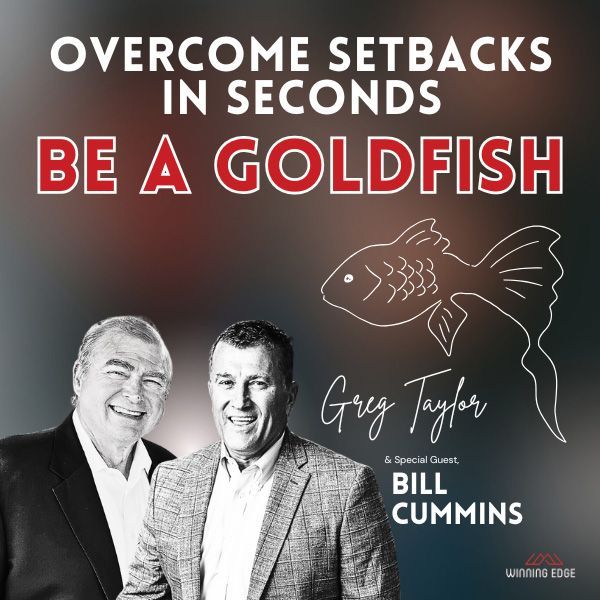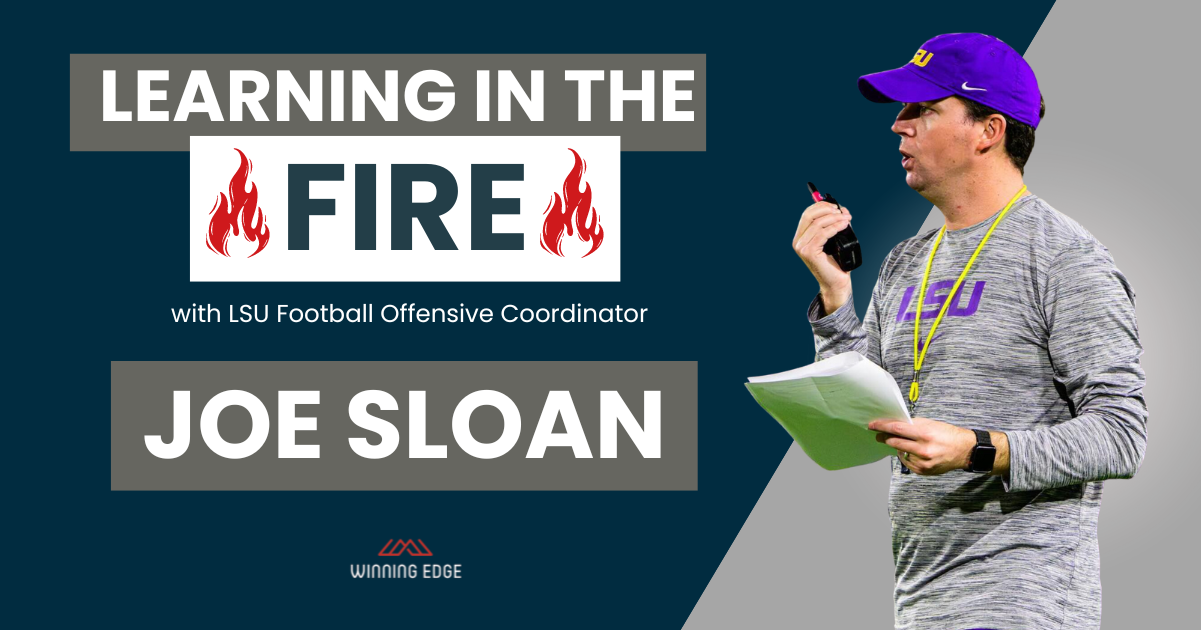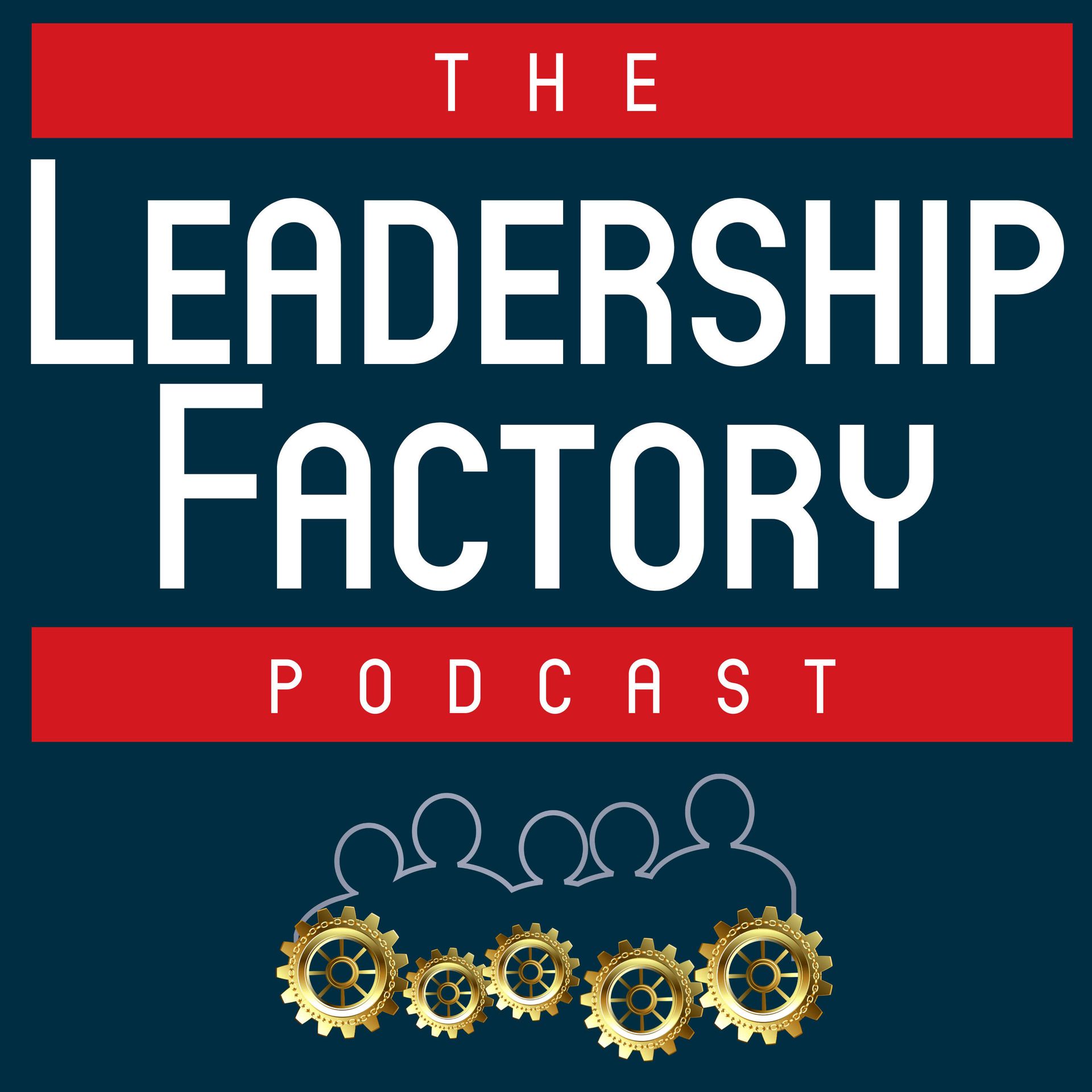One of our 10 leadership concepts is Leadership is Situational.
During these days of civil unrest, situational leadership is perhaps more important than ever. Life is not perfect. We are not perfect, and every situation has its own unique qualities. Leaders must understand this. They must have the discernment to pursue appropriate solutions, based upon specific circumstances.
Winning Edge has identified 3 areas that are continuously changing:
1) People
Do the things you say impact everyone the same way? Everyone has different family experiences, education experiences, and we all have different significant emotional experiences. These differences directly inform how people view the world around them. By engaging with our people based on their realities, we can use our discernment to steer ourselves and the people around us to the best outcomes both personally and professionally. We must develop a plan to balance everyone’s perception, so that the foundational floor of our organization remains solid.
2) Circumstances
How can we fully understand the depth of the circumstances of a situation? Effective leaders look at all of the conditions that are brought to bear with any situation. Some will be controllable, and some are uncontrollable. A hard-eyed appraisal of any situation and the circumstances surrounding it will allow the leader to maximize the controllable and minimize the uncontrollable. In so doing, leaders will steer themselves and those around them towards the best outcomes in spite of any difficulties or circumstances. With a focus on realism, people will be encouraged to turn their fears into fuel to take another step.
3) Culture
Leaders must understand what their organization is and what they want it to be—its values, its ethics, its mission, its character. These are what comprise an organization’s culture. When decisions are made for a short-term gain that are inconsistent with that culture, there will be negative consequences over the long haul. Any such compromises that will undermine the culture will become a part of that culture, whether intended or not. When leaders properly consider their values, and those around them see their care and concern, everyone will come together to take another step.
When leaders start to understand they must become whatever is needed, based on the demands and ambiguities of each situation, they will be freed of all biases and energized to find the best solution.










